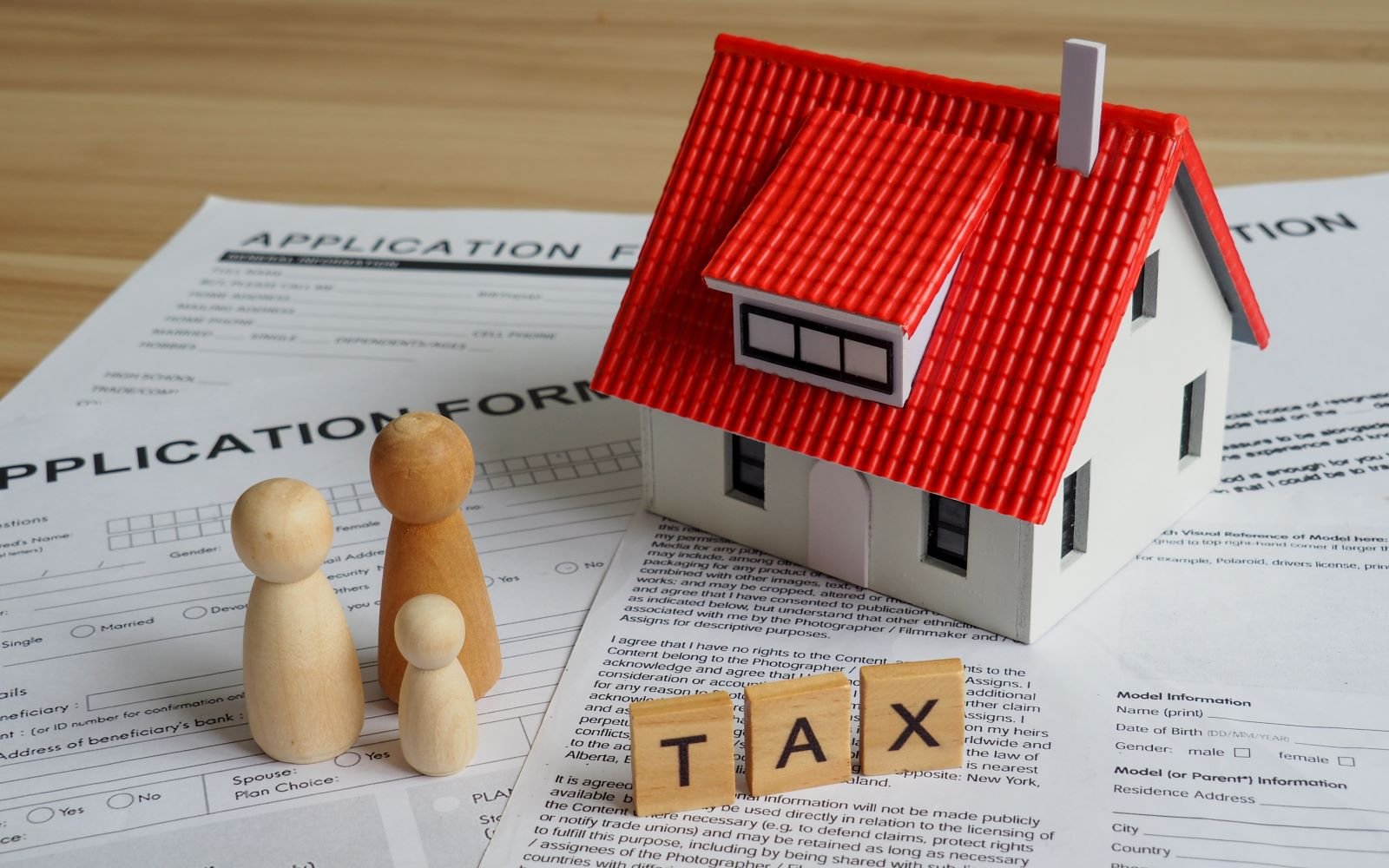For many lower-class individuals and families, financial stability remains an elusive goal. Despite their best efforts to budget and save, unavoidable expenses often consume a significant portion of their income, trapping them in a cycle of poverty. Here, we’ll explore the various unavoidable expenses that keep lower-class people struggling to make ends meet and hinder their path to economic mobility.
Housing Costs

With the cost of rent and home ownership rising steadily, many families are forced to allocate a substantial portion of their income to secure a place to live. In many urban areas, affordable housing options are scarce, and lower-income households often end up spending more than 30% of their income on rent. This leaves little room for other essential expenses and makes it challenging to save for emergencies or future investments.
Utilities

Utility bills, including electricity, water, gas, and heating, are necessary expenses that can strain the budgets of lower-income families. These costs are often unpredictable, varying with seasonal changes and usage needs. Even minor increases in utility rates can significantly impact a household’s financial situation, forcing families to choose between keeping their homes adequately heated or cooled and paying for other necessities like food and healthcare.
Healthcare

Without adequate health insurance, the cost of medical care, prescription medications, and emergency treatments can be prohibitively high. Even with insurance, copays, deductibles, and out-of-pocket expenses can add up quickly. Chronic health conditions, which are more prevalent in low-income communities due to factors like poor nutrition and limited access to preventive care, further exacerbate these financial challenges.
Childcare

Quality childcare is essential for parents to work and provide for their families, but it often comes at a high price. In many cases, the cost of childcare can rival or exceed the cost of rent, making it one of the most substantial financial burdens for working-class families. Limited access to affordable childcare options can force parents to choose between working fewer hours or relying on less reliable care, both of which have negative financial implications.
Transportation

Reliable transportation is crucial for maintaining employment and accessing essential services, yet it is another unavoidable expense that weighs heavily on lower-income individuals. For those who own a vehicle, costs include fuel, maintenance, repairs, insurance, and registration fees. For those who rely on public transportation, fares can add up, and service limitations can impact job opportunities and productivity. In areas with limited public transit options, the need for a car becomes a necessity, further straining financial resources.
Food and Nutrition

Food is a basic necessity, but for lower-class individuals, affording nutritious meals can be a constant struggle. Healthy foods often come with higher price tags, and lower-income families may resort to cheaper, processed options that offer less nutritional value. Food insecurity remains a persistent issue, with many families relying on food banks and government assistance programs to meet their dietary needs. The stress of not knowing where the next meal will come from can also take a toll on mental and physical health.
Education

Education-related expenses, including school supplies, uniforms, extracurricular activities, and after-school programs, are unavoidable for families with school-aged children. For those pursuing higher education or vocational training to improve their job prospects, tuition fees, textbooks, and other costs can be prohibitive. Without access to affordable education, lower-income individuals face significant barriers to improving their economic situation.
Debt Repayment

Many lower-class individuals carry significant debt, often accrued from medical bills, credit cards, and high-interest loans taken out to cover basic living expenses. Monthly debt repayments can consume a large portion of their income, leaving little room for saving or investing. The cycle of debt is difficult to break, especially when high interest rates and fees continue to compound the amount owed.
Clothing and Personal Care

Clothing and personal care items are necessary for maintaining personal hygiene and presenting oneself professionally. While these expenses might seem minor compared to housing or healthcare, they add up over time and are unavoidable. Lower-income individuals often have to balance the need for appropriate attire for work and school with their limited financial resources, sometimes leading to difficult choices between essential items.
Insurance

Various forms of insurance, including health, auto, renter’s, and life insurance, are crucial for protecting against unforeseen events. However, the premiums for these policies can be a significant financial burden for lower-class individuals. Skipping insurance is often not an option, as it can lead to greater financial vulnerability in the event of an accident, illness, or other emergencies.
Communication and Connectivity

In today’s digital age, access to communication tools and the internet is essential for staying connected, finding employment, and accessing services. Monthly bills for mobile phones, internet service, and other communication needs are unavoidable expenses. For lower-income families, these costs can be substantial, yet they are necessary for participating in modern society.
Legal and Administrative Costs

Lower-income individuals often face legal and administrative costs related to issues such as housing disputes, immigration status, and family matters. Legal fees, court costs, and related expenses can be significant, and without proper legal representation, individuals may face adverse outcomes that further exacerbate their financial difficulties. Navigating bureaucratic processes can also be time-consuming and costly, adding to the burden.
Unexpected Emergencies

Unavoidable emergencies, such as car breakdowns, home repairs, or sudden illness, can derail even the most carefully planned budgets. For lower-class individuals, who often lack emergency savings, these unexpected expenses can lead to financial crises. The inability to cover emergency costs can force individuals to take on high-interest loans or incur debt, perpetuating a cycle of financial instability.
Taxes and Fees

Even with low incomes, taxes and various fees are unavoidable. Payroll taxes, sales taxes, and other mandatory fees take a portion of income that could otherwise be used for essential expenses or savings. While tax credits and benefits can provide some relief, they often do not fully offset the financial burden faced by lower-income individuals.
Social Obligations and Cultural Expectations

Social obligations, such as contributing to community events, attending family gatherings, and participating in cultural traditions, can also be financially demanding. While these expenses may not seem critical, they are often unavoidable due to societal and familial expectations. Failing to meet these obligations can lead to social isolation and strained relationships, further impacting overall well-being.


